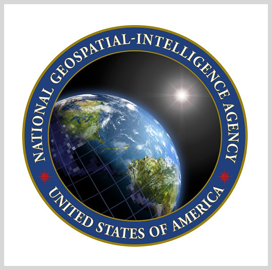Brendan Carr, a commissioner of the Federal Communications Commission, is meeting with European Union officials on matters of Big Tech’s increased share in communication network builds and the potential national security risks from the social media platform TikTok.
In a speech published Monday, Carr expressed his support for the EU’s investigation into the two issues, which are part of an international effort to strengthen IT security.
Carr is in Brussels, Belgium to meet delegates from the European Commission, the European Parliament, EU states’ regulatory bodies and other stakeholders for a discussion of cybersecurity issues and goals.
He said he was “pleased” that EU and U.S. officials are considering changes that would require major technology companies to contribute a bigger share toward building faster communication networks, since they “benefit tremendously” from the infrastructure and “generate the lion’s share of network traffic” in the two regions.
On the subject of TikTok, Carr commented that the video-hosting service “functions as a sophisticated surveillance tool that harvests extensive amounts of personal and sensitive data,” which have no security checks as they are accessed from inside China.
U.S. lawmakers are looking into the platform’s user data practices and links to the Chinese government.








